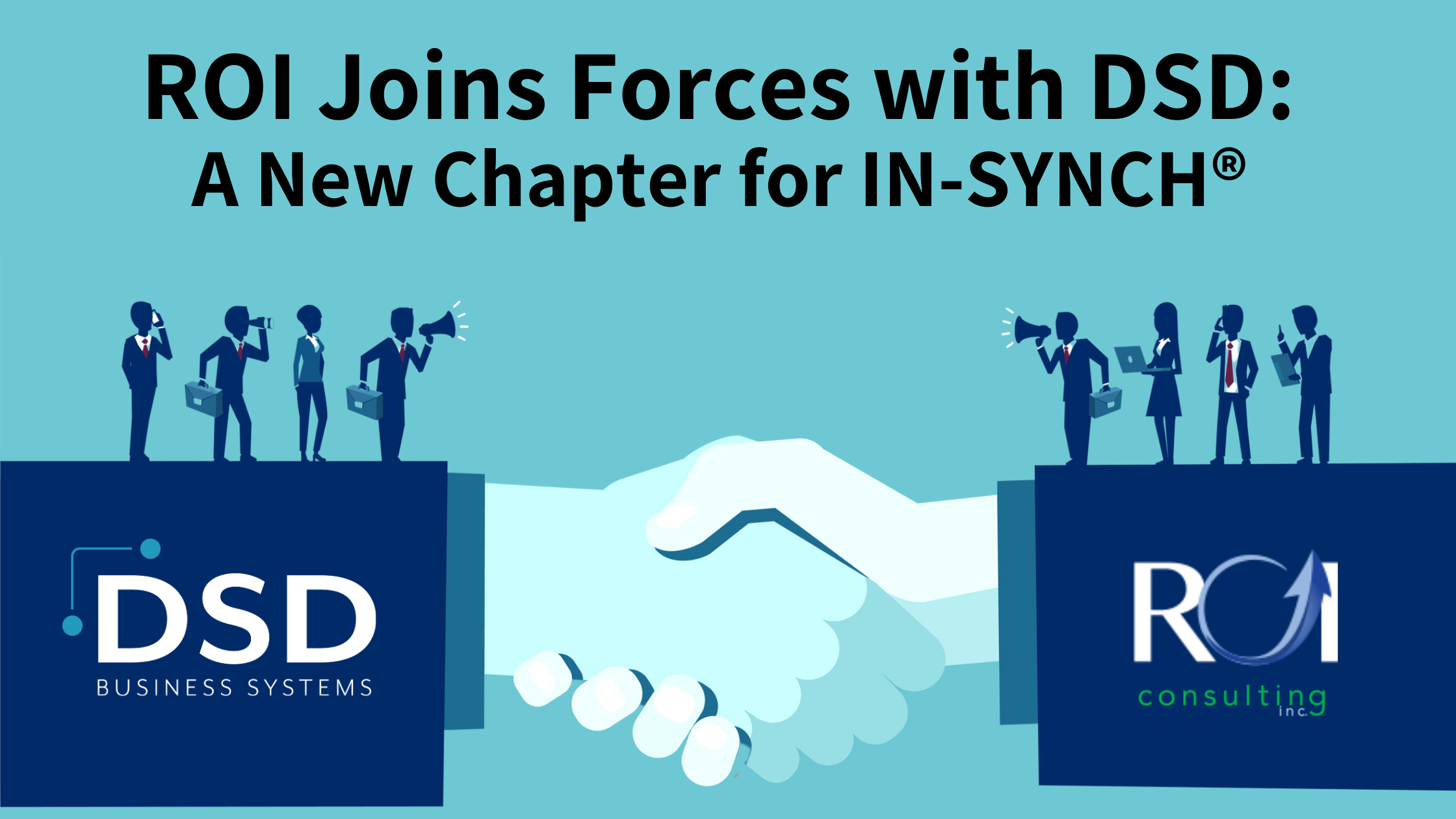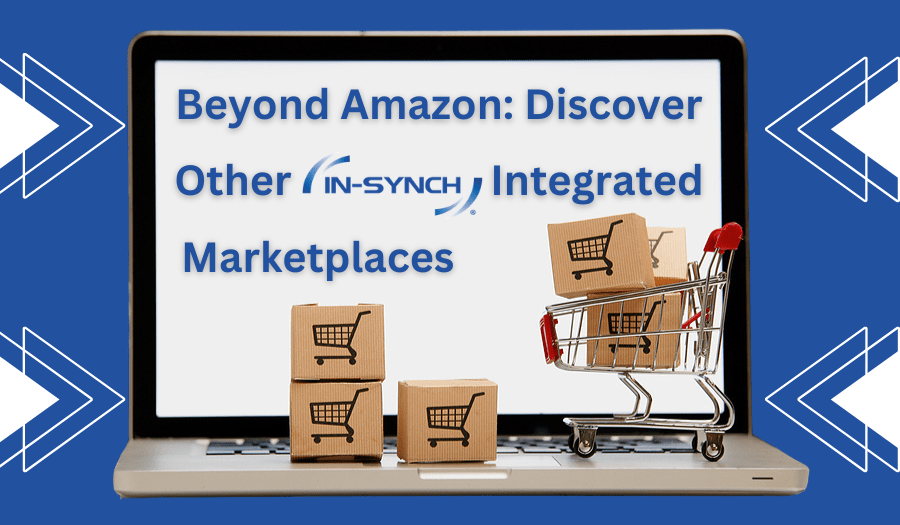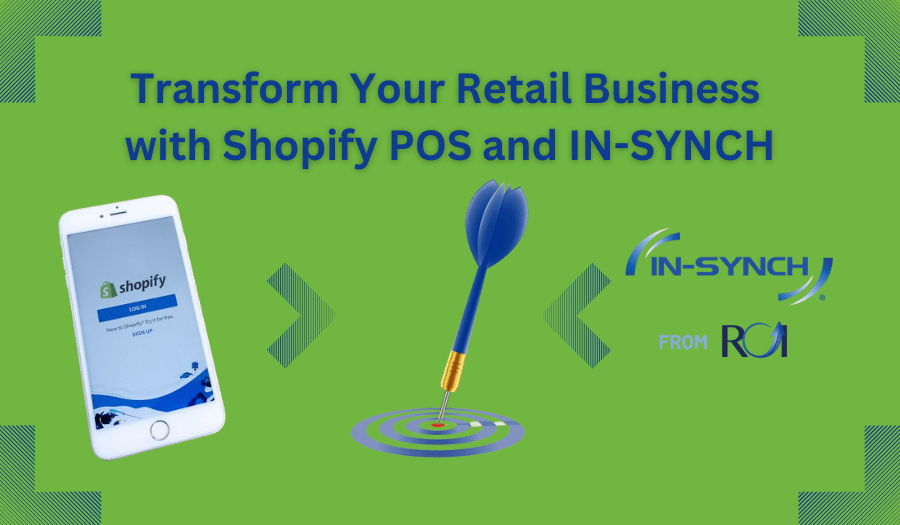By Ruth Richter • October 17, 2018

But sometimes, when shopping online, you don’t get exactly what you thought you were paying for. Sites like BuzzFeed highlight some of the more hilarious misadventures of online shopping. While great for a laugh, these customers likely felt fleeced by the fact that the retailer didn’t post enough information for them to make an informed purchase. Failing to appropriately manage your ecommerce content could have further reaching negative impact than just a BuzzFeed roast.
Good Content Matters
While we appreciate that online shopping means no need to put on pants to shop for a gift or office supplies at 3 a.m., if the website is missing key information about the product, a customer is likely to click off the page to another store. If the ecommerce site they just left was yours, you lost the sale and risk losing a return customer.
Content management is focused on making sure individual product pages have all the information a customer needs to make an informed purchase. Think of all the information you can get as a shopper in a physical store: how an item looks and feels and behaves. That is the kind of information you’ll want to display on your ecommerce site.
- Does the page include product dimensions and weight?
- Are all the available color options listed?
- Can the customer get immediate feedback on availability and when an item may be back in stock?
- Do you feature reviews and ratings that offer unbiased feedback?
Having the right content displayed on each product page also helps search algorithms return appropriate results. Content needs will only increase with the up-and-coming v-commerce (commerce that uses virtual reality to provide an in-store feel online); some sites already feature product videos and 360-degree views.
Manage Your Content with Integration
Content management may sound like a big job, especially if you’re adding a lot of new products or just launching your ecommerce site. The good news is that catalog import as well as product integration is available from IN-SYNCH by ROI Consulting.
IN-SYNCH is a premier integration software that connects your SAGE 100 ERP with your website, your CRM, third-party shopping carts and marketplaces such as Amazon, eBay, and Shopify, and other relational databases to keep information flowing between them. IN-SYNCH integration is lightning fast in all directions; the moment the last of an item leaves its stock bin in your warehouse, your website reflects that the item is now sold out. There is no lag between systems. Integration is also secure, so you never have to worry about losing vital data or not having it translate between systems.
Make Your Content Management Process Easier
Whether you’re new to the ecommerce business or you’ve simply been looking to beef up the information on your existing site, IN-SYNCH integration can make your content management process easier. It’s an e-retailer’s content management dream come true.
Ready to look at content integration with IN-SYNCH? Contact ROI Consulting today to see how we can connect your content.




